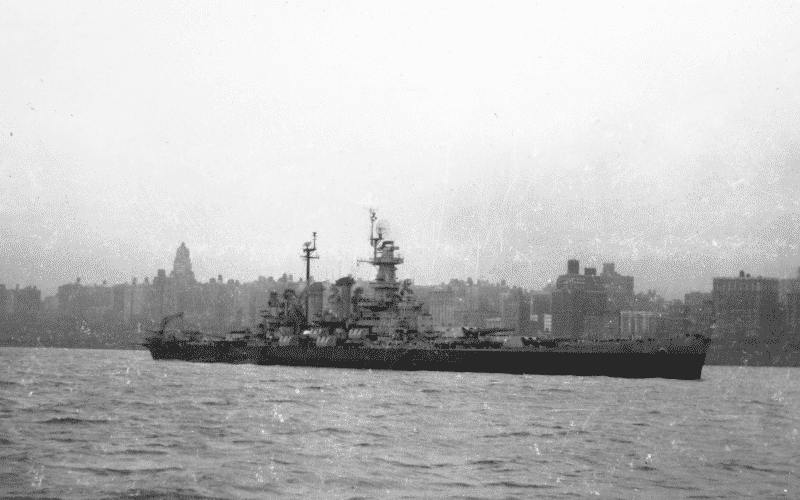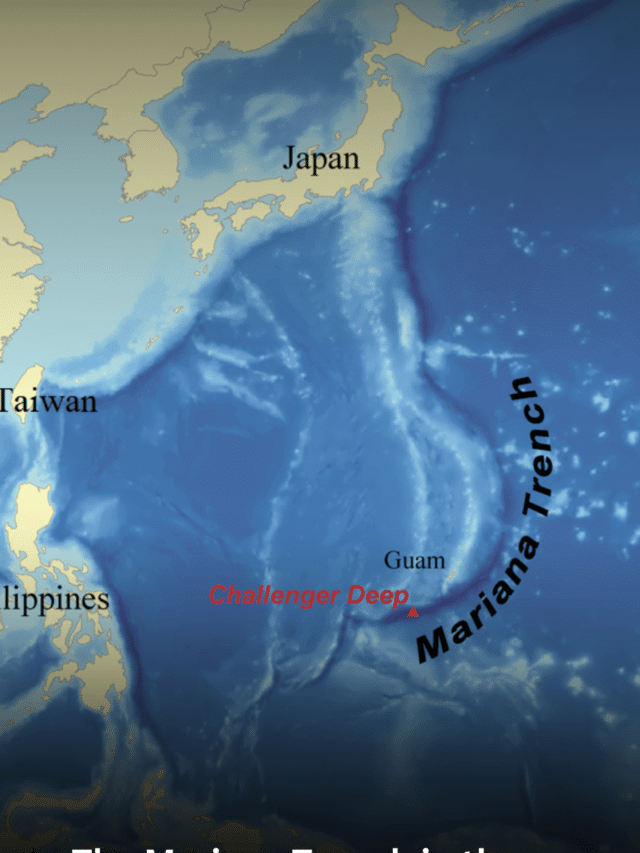Remembering Bismarck: The Epic Story of the German Battleship
Over nine tense days in the year 1941, a dramatic battle crippled life and swallowed the majestic Battleship Bismarck. The German Battleship was named after Chancellor Otto Von Bismarck.
In July 1936, it was laid down in a shipyard in Hamburg and was launched almost after three years in April 1939. Put into service for less than a year, Bismarck plays an important role in maritime history.
The design was finalised by Hitler’s Navy after they rose from the ruins of the First World War. The biggest Battleship Bismarck was set to fight the Second World War, and its main aim was to take control over the open waters.
Bismarck Battleship was almost the length of three football grounds put together and had as much as seven decks above the waterline and seven below it.

The biggest battleship in maritime history, Bismarck could reach up to 30 knots and had on board almost 2,200 men who stayed undetected by allied troops. Sailing in the North Atlantic, Bismarck Battleship’s main aim was to attack the British supply fleet that operates on the high seas.
On May 21st 1941 Bismarck Ship moved towards the scheduled harbour southwest of Bergen, Norway and was repainted Gray so as to camouflage it in the high waters. It was the same day that Sweden detected two German warships among the fishing boats.
Soon, the British army sent spitfire from Scotland and hence the movement of the Bismarck Ship was detected by the army.
Came May 23rd and the day can be recalled as the clash of the Titans with Bismarck being spotted by heavy British cruisers in North Atlantic. It was 5:54 am of the next morning that Bismarck witness shots from a distance of 13 miles by cruisers HMS Hood and Prince of Wales.
In no time, the German masterpiece made its way to the ocean bed for one of the British battleships. The other one chose to flee away from the clutches of the majestic battleship of the German army.
The battle, for now, was won for Bismarck but difficulties arose as the firing created holes in the warship and as a result, thousands of tons of water seeped into the deck and in addition, the radar-detection gear of Bismarck was knocked down bringing down its speed to 29 knots. It was time again for some repair work so as to avoid Bismarck sinking. An air force plan yet again detected the battleship and the chase was on.
The ship was now, reduced to 20 knots so as to save fuel. On the dreaded night of the 26th May, struck a squadron of Swordfish Torpedo from the British air carrier.
The ship now lost control of many devices and moved in the wrong direction. The next day at 10:39 am, the Bismarck sinking was witnessed after many battleships fired at it.
The Bismarck Wreck had just 115 survivors out of the thousands that fought along with it. The short yet brave attempt by the German masterpiece was something that created ripples within the British army in no time.
Bismarck in itself was an epic and will be the greatest part of the maritime history of all times.
Disclaimer: The authors’ views expressed in this article do not necessarily reflect the views of Marine Insight. Data and charts, if used, in the article have been sourced from available information and have not been authenticated by any statutory authority. The author and Marine Insight do not claim it to be accurate nor accept any responsibility for the same. The views constitute only the opinions and do not constitute any guidelines or recommendations on any course of action to be followed by the reader.
Do you have info to share with us ? Suggest a correction
Subscribe To Our Newsletters
By subscribing, you agree to our Privacy Policy and may receive occasional deal communications; you can unsubscribe anytime.
Web Stories








